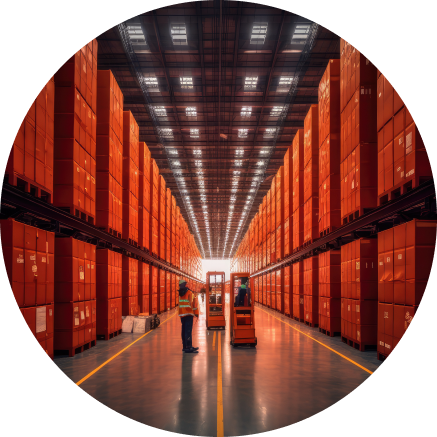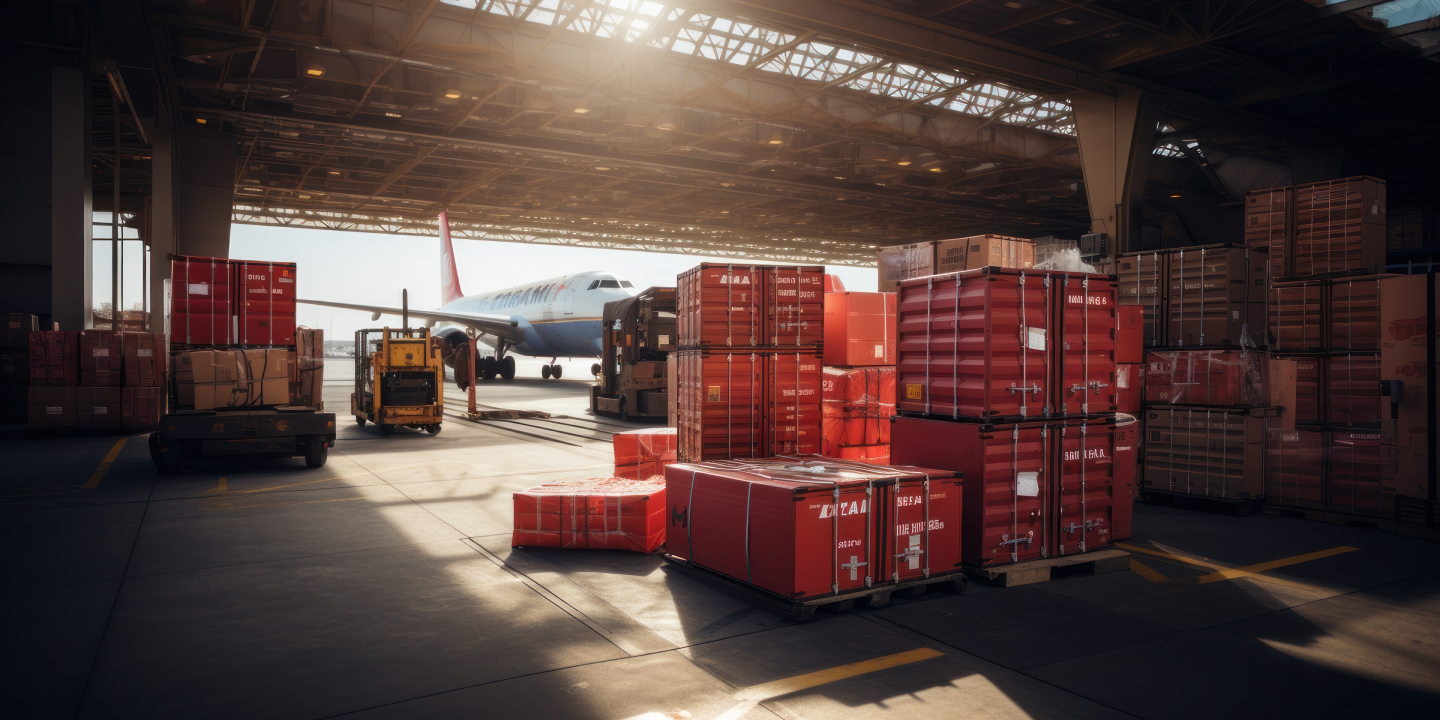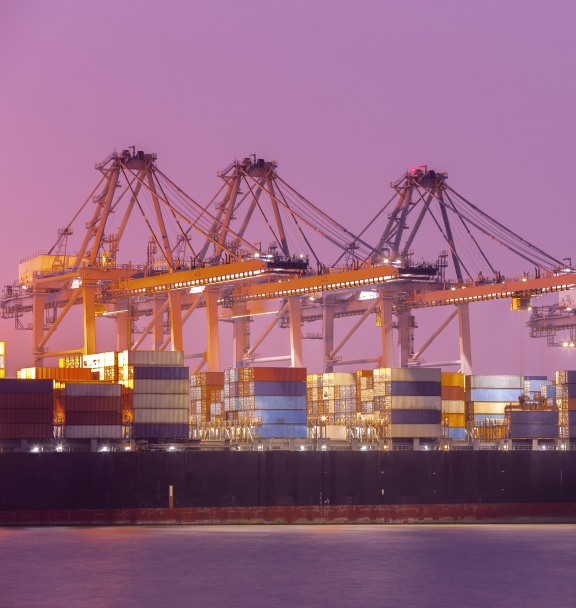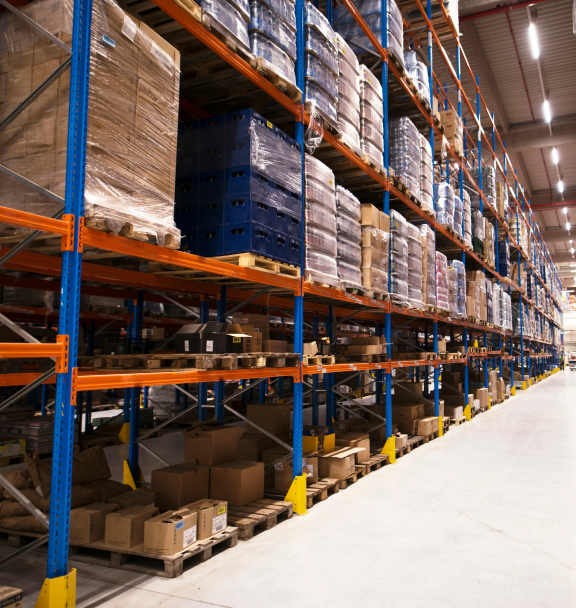Distribution Solutions
Empowering an Agile Industry


SEGMENTS OF DISTRIBUTION
Discover the various segments of this fast emerging industry.
Key Success Factors
- Efficient Inventory Management
- Optimized Transportation and Logistics
- Warehouse Operations Optimization
- Compliance and Risk Management
- Staff Training and Development
- Data-Driven Decision-Making
- Customer-Centric Approach
- Supply Chain Visibility
- Technology Integration
- Cost-Effective Operations
Challenges with Distribution Industry


Technology Adoption
- Integration of advanced technologies like IoT, AI.
- Adapting to digital transformation for enhanced efficiency.


Inventory Management Complexity
- Balancing inventory levels with demand fluctuations
- Managing perishable or time-sensitive goods effectively


Digital Transformation in Distribution
- Warehouse Automation and Robotics
- Internet of Things (IoT) for Supply Chain Visibility
- Cloud-Based Logistics Platforms
- Route Optimization



Data Management and Analytics
- Meeting environmental regulations and sustainability goals
- Implementing eco-friendly practices across the supply chain


Inventory Management Complexity
- Balancing inventory levels with demand fluctuations
- Managing perishable or time-sensitive goods effectively
THe need for distribution solution✨
01
Inventory Optimization
Implement data-driven strategies to optimize inventory levels, minimize stockouts, and reduce carrying costs.

02
Transportation Efficiency
Utilize technology and route optimization tools to improve transportation efficiency, reduce fuel consumption, and enhance delivery speed.

03
Warehouse Optimization
Incorporate automation and robotics for streamlined warehouse operations, improved order accuracy, and faster order fulfillment.

04
Supply Chain Visibility
Implement supply chain visibility solutions to track goods in real-time, identify bottlenecks, and enhance transparency across the supply chain.

05
Data-Driven Decision-Making
Leverage data analytics and predictive insights for informed decision-making, including demand forecasting, route planning, and inventory management.


06
Compliance and Risk Management
Stay compliant with regulations and industry standards while mitigating risks through robust compliance programs and risk assessment strategies.

07
Customer-Centric Approach
Prioritize customer needs and preferences by offering flexible delivery options, accurate order tracking, and responsive customer service.

08
Sustainability Initiatives
Embrace sustainability practices such as eco-friendly packaging, renewable energy adoption, and efficient route planning to reduce carbon footprint and support environmental goals.
Frequently Asked Questions
What does distribution entail?
Why is distribution important in the economy?
What are the characteristics of the distribution industry?
What are the objectives of distribution businesses?
What are the different types of distribution operations?







